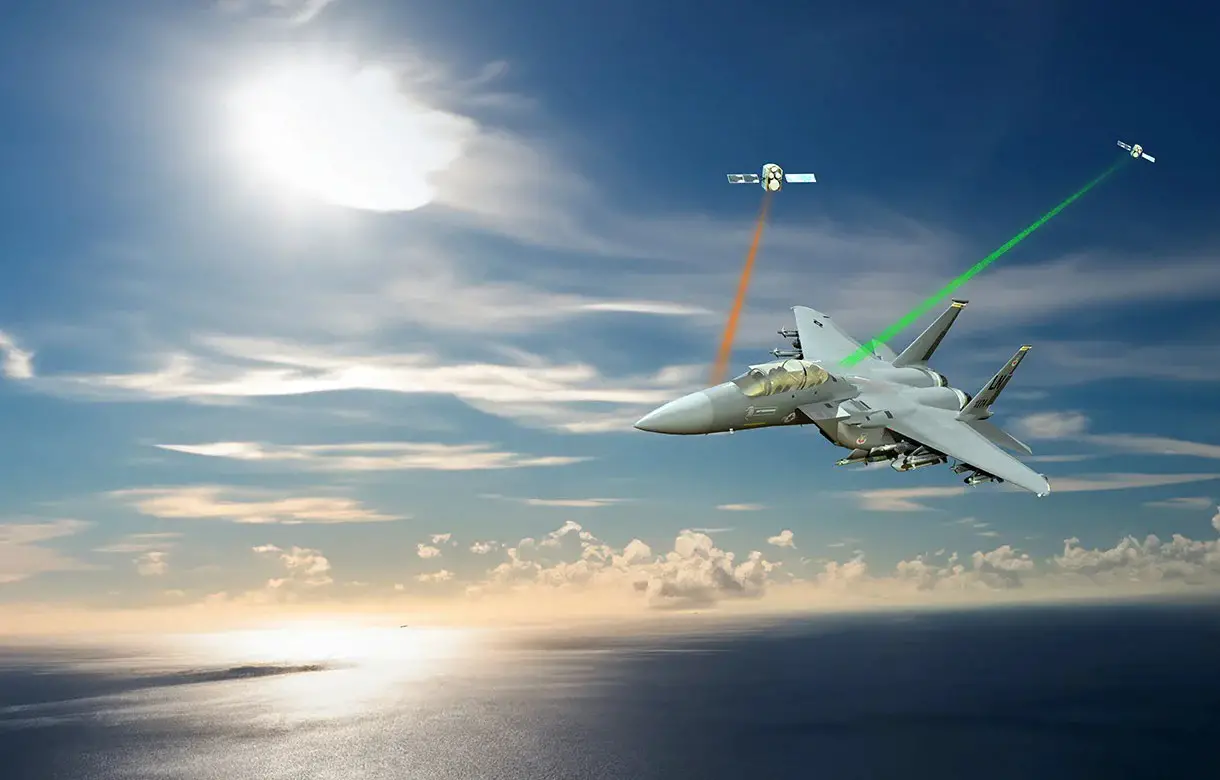L3Harris Technologies successfully completed a Critical Design Review (CDR) for a U.S. Air Force Global Lightning development program that validated the company’s Rapidly Adaptable Standards-compliant Open Radio (RASOR™) Modular Open System Approach (MOSA) solution ability to effectively connect service-specified waveforms from Earth to Commercial Satellite Internet (CSI) constellations. The program is one in a series called “Defense Experiment Using Commercial Space Internet” – or “DEUCSI” – that the Air Force Research Laboratory’s Integrated Capabilities Directorate began years ago in support of the service’s Hybrid Satellite Communications (SATCOM) concept. L3Harris has been supporting DEUCSI since its inception in 2021. The Air Force awarded the company an initial $81 million contract last year for this particular exercise, known as “Call 3,” which aimed at developing ground systems – both fixed and mobile – and airborne terminals capable of connecting both commercial and traditional military waveforms to multiple SATCOM constellations in Earth’s orbit.
“Following this successful CDR, we plan on conducting integrated hardware testing within the next year to support Air Force flight tests currently scheduled to begin at the end of 2025. This milestone brings the Air Force one step closer to bringing true Hybrid SATCOM capabilities and redundancy to dozens of platforms. The ECP doubled the content and connectivity diversity we provide for this initiative, producing multiple hybrid satcom systems to fulfill the higher-level Hybrid SATCOM requirement. We take the carrier boards from the vendors, build them into radio modules and plug them into our Rapidly Adaptable Standards-compliant Radio (RASOR™) chassis. We provide the insight and experience that comes from more than 20 years delivering modular and software-defined radios to military customers and more than 50 years of tactical and strategic communications support and innovation. Open architectures provide the flexibility the Air Force will require to proactively plan and coordinate rapid insertion of emerging technology – through the development of swappable radio modules, rather than full hardware – as new SATCOM constellations are launched into orbit,” said Adam Milner, L3Harris Senior Manager of Space Networks.

The DEUCSI Call 3 CDR comes on the heels of an Engineering Change Proposal (ECP) valued at $90 million, which expands the program’s scope to include additional CSI and resilient, military communications waveforms. In the program, L3Harris builds radio modules from CSI vendor carrier boards so they can connect via the company’s RASOR terminal. The RASOR chassis, known as RARE™ (Rapidly Adaptable Ruggedized Enclosure), solution can scale from three to 12 slots with customized modules, which include L3Harris-proprietary technology as well as third-party solutions. The individual modules can provide a wide breadth of cross-domain capabilities with multi-level security, from resilient line-of-sight and beyond-line-of-sight communications to Intelligence, Surveillance and Reconnaissance, Command and Control, Assured Positioning, Navigation and Timing and Electronic Warfare.
L3Harris’ new Modular Open Systems Approach (MOSA) solution provides flexible architecture to enable forces to quickly scale and enhance multi-mission communications. RASOR delivers next-generation JADC2-enabling capabilities, providing greater interoperability and flexibility. It aligns to U.S. DoD and industry standards and promotes significant cost savings. RASOR makes the joint force more lethal and effective. Units can be expanded from 3 to 12 modules and daisy-chained to increase capabilities. Reconfigurable through software updates without hardware redesign, RASOR decreases complexity and expedites deployment. The unit configures and achieves mission requirements across previously disparate capabilities. Processing capabilities include data links (ISR, C2, Voice, Sensor), electronic warfare, mission processing and security. The unit leverages Dynamic Software Capability Orchestrator (DSCO™) to seamlessly incorporate first and third-party capabilities into a robust ecosystem.















